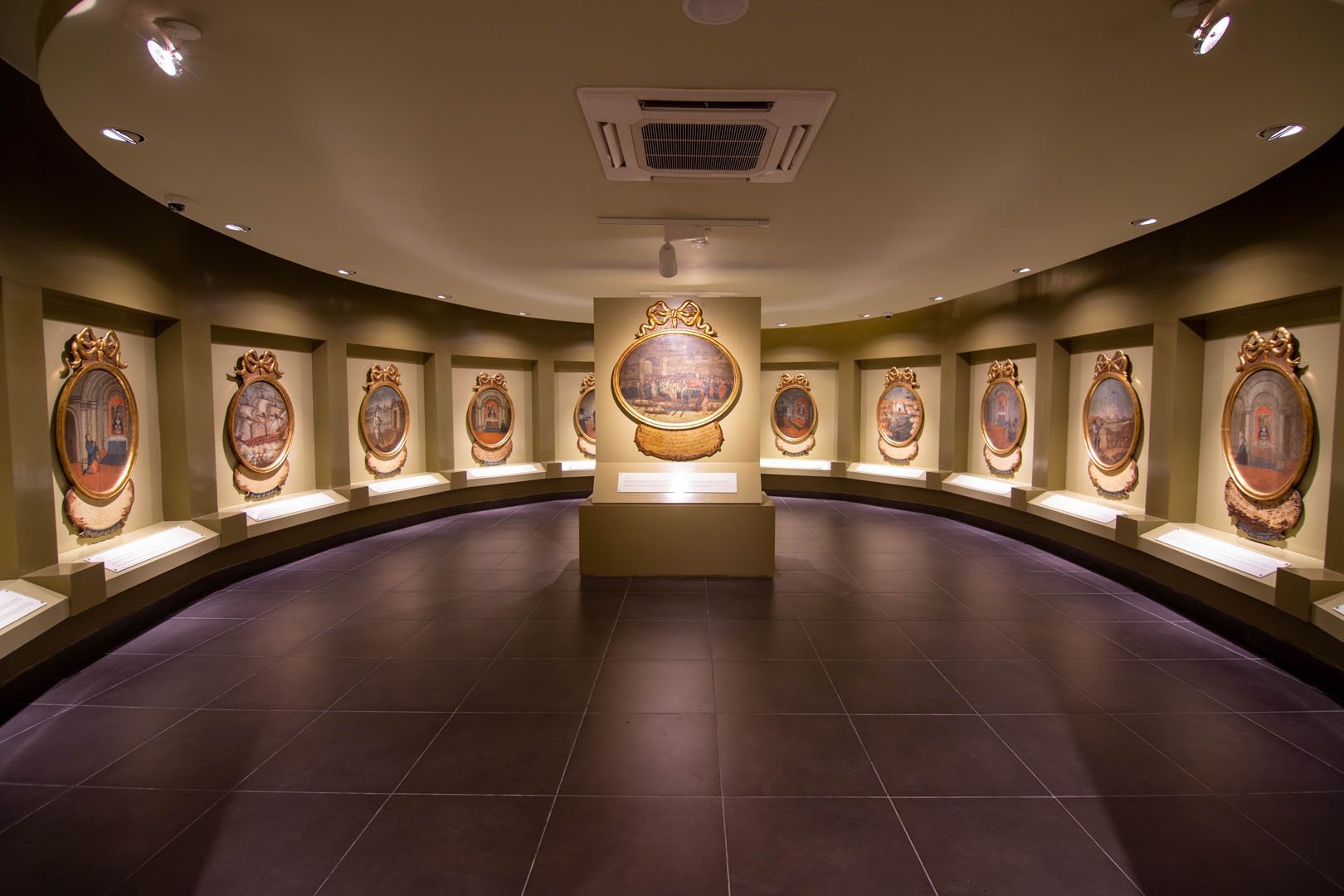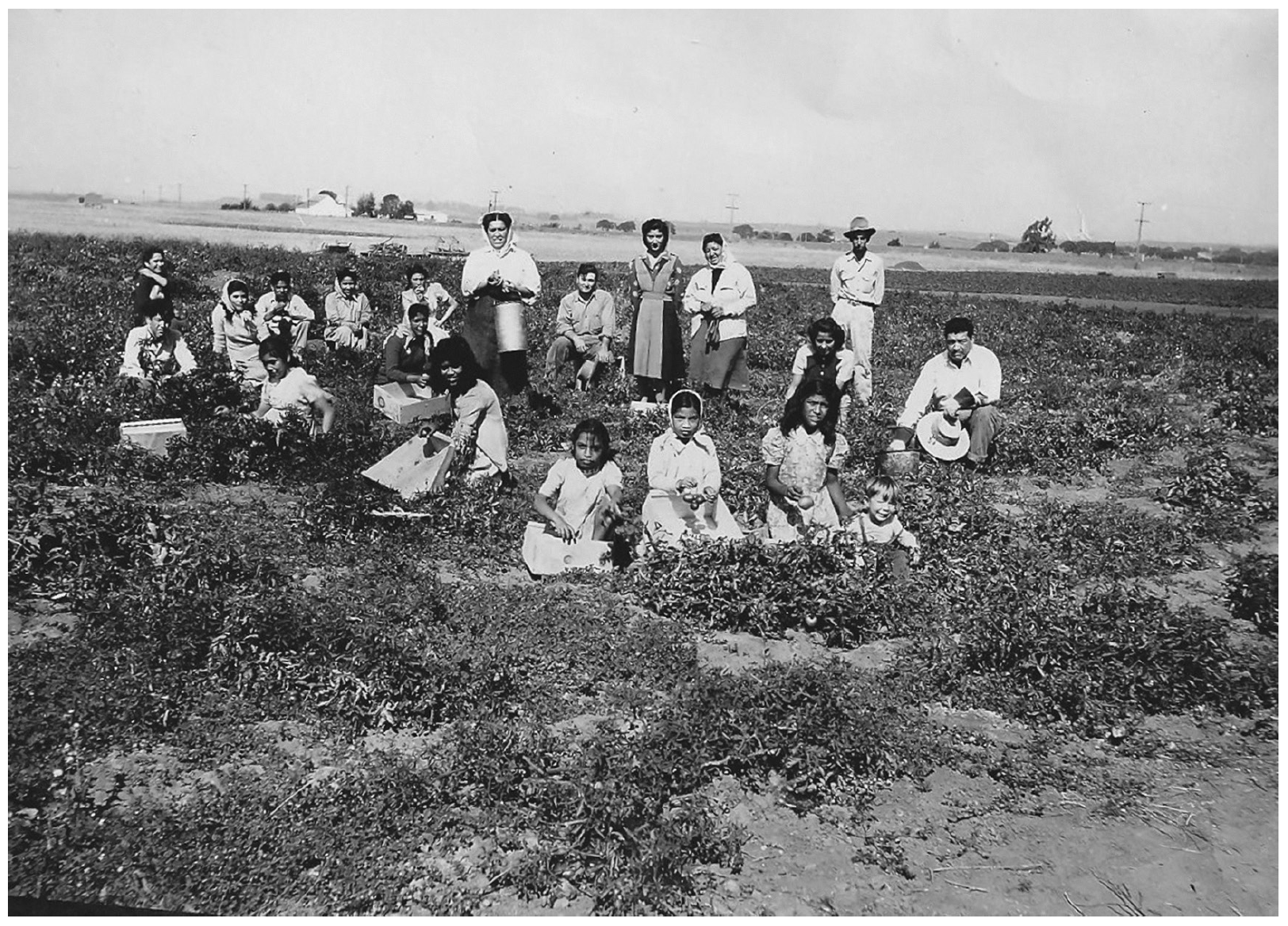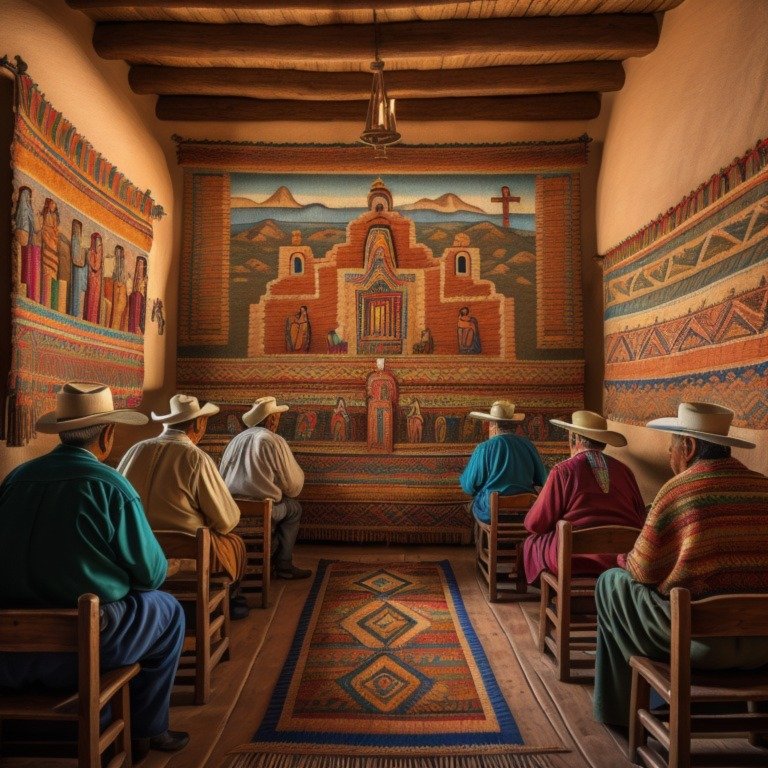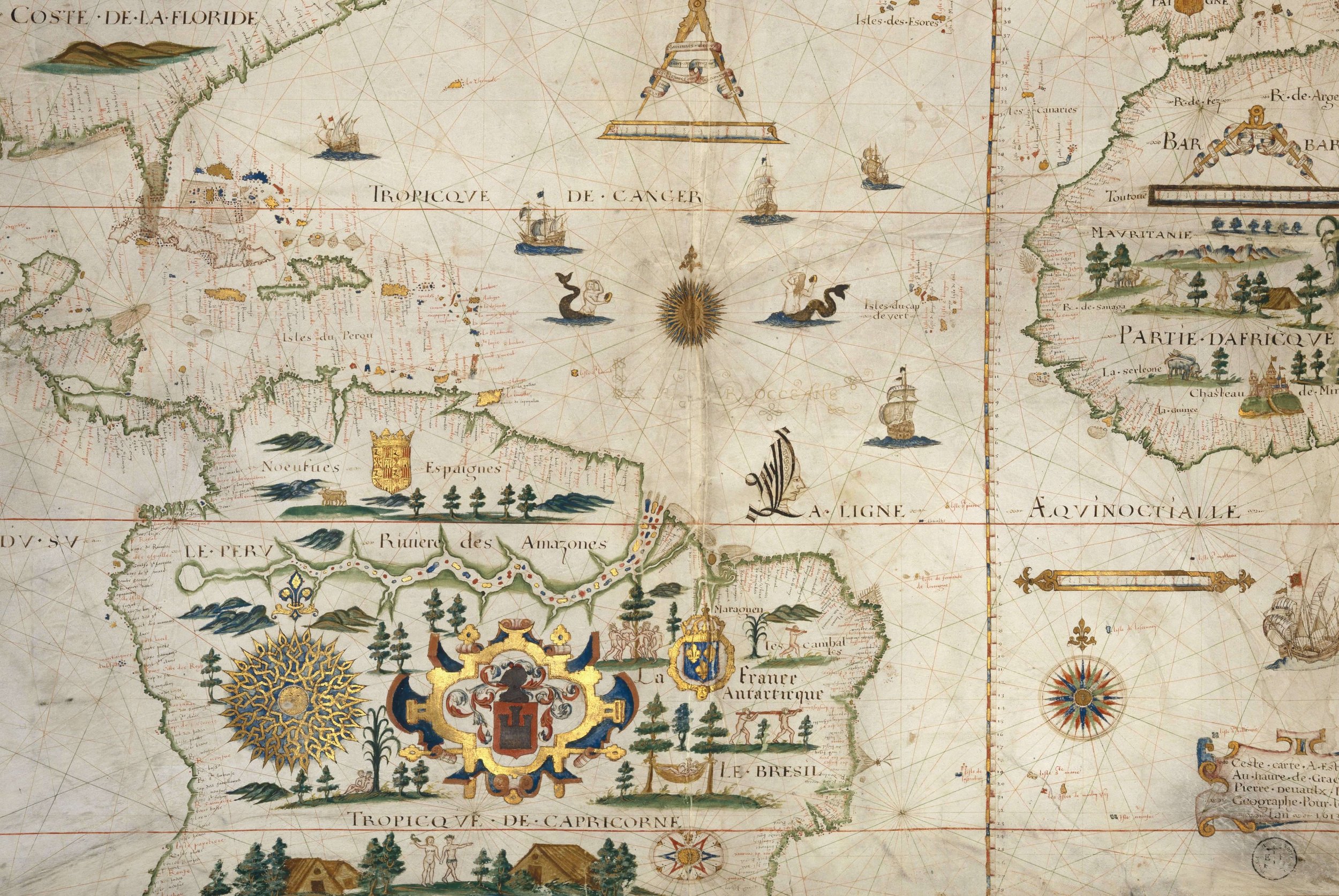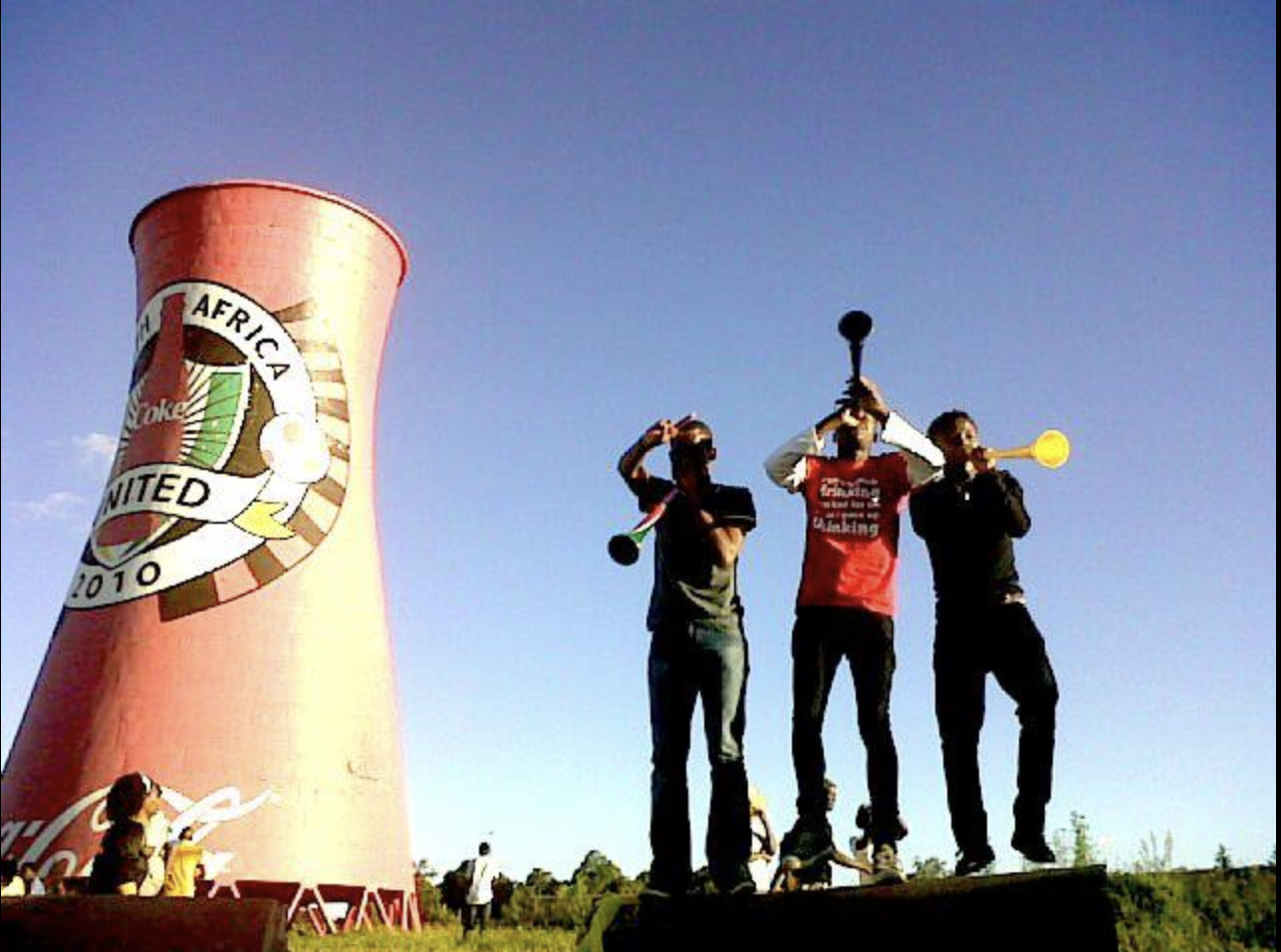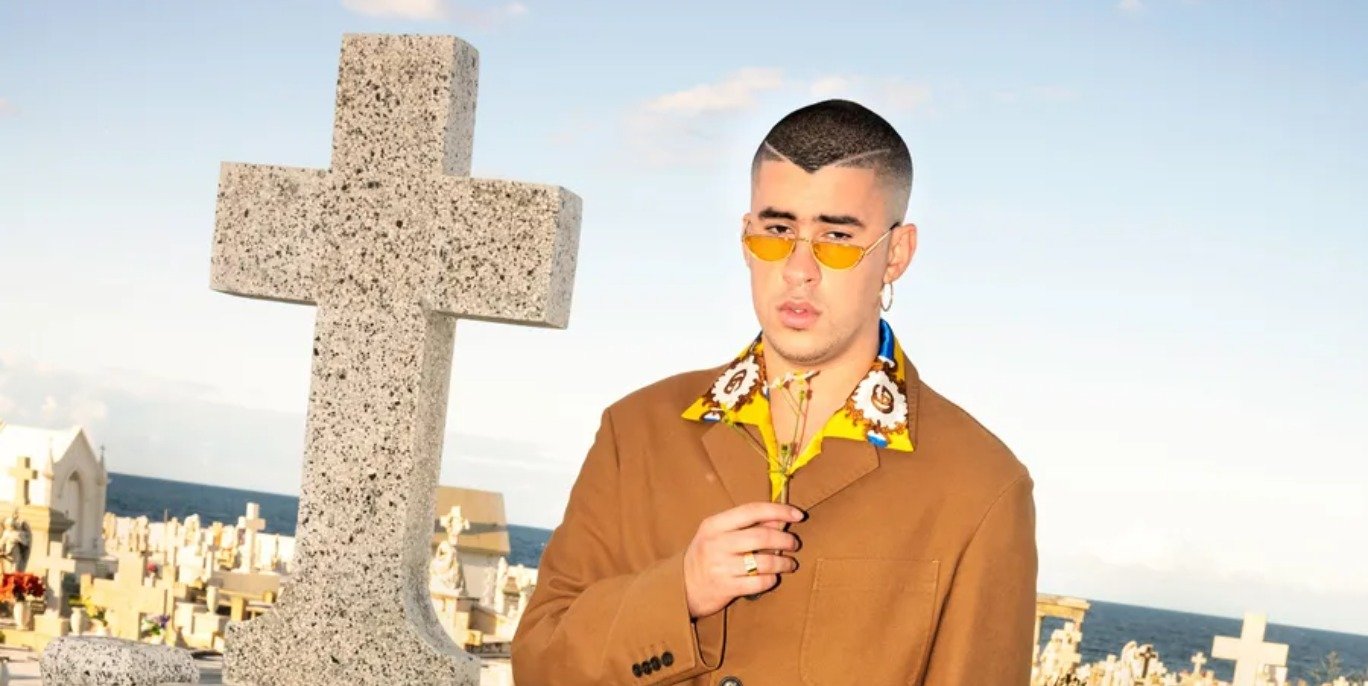Our Year of the Rabbit
HTI Open Plaza highlights from 2023
As the 2023 year comes to an end, the Hispanic Theological Initiative highlights some of your contributions to HTI Open Plaza, where we work en conjunto with diverse thinkers, activists, and clergy. We are grateful for your insight and scholarship on issues of religion, history, and social justice affecting our communities. Throughout 2023, HTI Open Plaza has offered features from a diverse group of Contributors and seen the growth of our SpiritNations and Poetry series. In 2024, HTI Open Plaza will continue amplifying the important work of people like you in the public square.
We want to hear from you. To share ideas and pitches, please contact us.
BLOGS
Virgin of Altagracia Medallions
Dr. Jennifer A. Baez
ABSTRACT: In the third quarter of the eighteenth century, Santo Domingo archbishop Isidoro Rodríguez Lorenzo (s. 1767–1788) issued a decree officializing the day of the cult for the Virgin of Altagracia as January 21 and made it a feast of three crosses for the villa of Salvaleón de Higüey and its jurisdiction, meaning all races (free and enslaved) were allowed to join the celebrations in church. Unrelated to the issuance of this decree and approximately during this time (c. 1760–1778), a series of painted panels depicting miracles performed by the Virgin of Altagracia was produced for her sanctuary of San Dionisio in Higüey, in all likelihood commissioned by a close succession of parish priests to the maestro painter Diego José Hilaris Holt. Painted in the coarse style of popular votive panels, they gave the cult a unifying core foundation of miracles. This essay discusses the significance of the black bodies pictured in four of the panels within the project’s implicit effort to institutionalize the regional cult and vis-à-vis the archbishop’s encouragement of non-segregated celebrations for her feast day. As January 21 was associated with a renowned Spanish creole battle against the French, this essay locates these black bodies within the cult’s newfound patriotic charisma. I examine the process by which people of color were incorporated into this community of faith as part of a two-step ritual that involved seeing images while performing difference. Through contrapuntal analysis of the archbishop’s decree, I argue the images helped model black piety and community membership within a hierarchical socioracial order.
Sacred Fields, Sacred Nostalgia
Dr. Lloyd D. Barba
“Apostólicos’ rituals and quotidian acts of work provided them with a routine to reinterpret and thereby interrupt the sacred and profane symbols at play contextually. We saw…how they took polluted grower-controlled waterways as sacred sources of cleansing. Here in this chapter, we see how they upended the conventional uses of carpas (and, as shown in the next section, accessed architectural styles historically denied to them). In so striving, they carved out an exceptional socio-religious existence that was not separate from but in keeping with the most profane aspects of industrial agriculture.”
Hold It Together and Keep Going
Erasmo Guerra
“I was raised Catholic on the U.S. Mexico border, attending mass most Sundays at the local Our Lady of Guadalupe Church, not to mention the occasional trips my family made to the nearby Basilica of Our Lady of San Juan del Valle, a national shrine where pilgrims came from everywhere to make personal petitions or to pay back their promesas, sometimes walking on their knees from the parking lot to the altar inside as part of the deal they made for divine intervention.”
Will New Mexico Sing Their Spanish in Heaven?
Christian Silva
“Though from Colorado, I grew up traveling to Alamogordo in southern New Mexico to visit family, especially to see our abuelos, where their sage-like status shaped us through storytelling and chisme. We also made efforts to make pilgrimages into northern New Mexico, to El Santuario de Chimayó, for healing. What I received was an identity marked by intergenerational culture and faith particular to the hybridity of nuevomexicana communities.
“Amidst the many stories, there were also rumors of a strange Spanish spoken in the north — some of which our southern New Mexican vernacular shares. It was even said that their Spanish is like that of the original Spanish colonizers and that the northerners’ peculiar isolation preserved this dialect. The truth is not as romantic as one would think, however. The nuevomexicano dialect is dying with the elders to the north and, with them, the rumors.”
The Sweetcake Ensō
Dr. Annecy Baez
“In Zen philosophy, an ensō is a circle that is hand-drawn with one or two free-flowing brushstrokes, symbolizing a moment when the mind is liberated to allow the body to create. The ensō embodies the concept of impermanence, signifying that everything in life is ever-changing.
“In 2010, just a year before my husband's passing, the Empty Hand Zen Center in New Rochelle, New York presents a request for submissions from artists in the zendo to an inaugural exhibition titled Sweetcake Enso. The exhibit, according to the Center, aims to draw ‘attention to the abstract circle as a symbol of presentness in daily life’ and to serve as ‘a tribute to the teachers who have come before us and those who are with us now, to an exchanging of the bones from one generation to the next.’”
PODCASTS
História e política do protestantismo brasileiro
Dr. João Chaves e Dr. Wanderley Pereira da Rosa
[Dr. João Chaves and Dr. Wanderley Pereira da Rosa discuss the initial Protestant movement and its most recent nationalist iteration in Brazil.]
No atual turbilhão de incerteza política, os protestantes assumiram um papel central no desdobramento da fusão da política e da religião no Brasil. O livro recente do Dr. Wanderley Pereira Da Rosa, Por uma fé encarnada: uma introdução à história do protestantismo no Brasil (Editora Recriar, 2022), reinterpreta a missão protestante – suas raízes históricas, teológicas e ideológicas – e oferece uma análise através do prisma da teologia social e política sem desconsiderar a pluralidade do mundo protestante.
Neste episódio do OP Talks, o Dr. Pereira Da Rosa e o Dr. João Chaves ajudam a situar o cenário político atual. Eles discutem a natureza de ser protestante no Brasil hoje e o desenvolvimento contínuo da fé ao longo da história, desde o movimento inicial do protestantismo no país até sua iteração nacionalista mais recente.
The Inheritors
Lucila Crena and Eve Fairbanks
Theologian Lucila Crena talks to photojournalist Eve Fairbanks, who has lived in Johannesburg, South Africa for thirteen years. Her debut book The Inheritors: An Intimate Portrait of South Africa's Racial Reckoning (Simon and Schuster, 2022) “weaves together the stories of three ordinary South Africans over five tumultuous decades in a sweeping and exquisite look at what really happens when a country resolves to end white supremacy.” As Fairbanks points out, there was a time when the Apartheid system of segregation in South Africa seemed like an "eternal Gordian Knot, like a hopeless bind"—that is, "until 1994, when, suddenly, you had, in one day, [a] parliament change from being 100 percent white to being 80 percent people of color...literally overnight."
Writing in the Spirit of Service
Rev. Dr. Tony Tian-Ren Lin and Sandra Cisneros
HTI Open Plaza celebrates National Poetry Month with a conversation between Rev. Dr. Tony Tian-Ren Lin and celebrated author Sandra Cisneros about her new poetry collection Woman Without Shame (Knopf, 2022) and how writing is like pulling thorns from your heart.
"Art," she says, "is the medicine that heals our heart from the darkness that overwhelms and transforms us. You need to create art not to distract you but to bring you in touch with this darkness that is inside us. Art's mission isn't to entertain or distract. Art's mission is for making you sit with your wounds and transform those demons before those demons transform you."
Exegeting Bad Bunny
Stephen Adubato and Rev. Alex Evangelista
In this episode of OP Talks, philosophy professor and freelance writer Stephen Adubato and Princeton Theological Seminary alum Rev. Alex Evangelista hold a conversation and listening party around the music of Bad Bunny.
Adubato and Rev. Evangelista—who are Catholic and Baptist, respectively—have both worked with youth and also written on issues of race and the intersection of faith and culture; in particular about Bad Bunny’s work. Born Benito Antonio Martínez Ocasio, the Puerto Rican artist, reggaeton star, and producer has won three Grammy Awards, nine Latin Grammy Awards, and 13 Premios Lo Nuestro, among other awards; in 2022, he was Spotify’s top artist for the third year in a row.
MEMORIAL
Forget-Me-Not: Mati in memoriam
Dr. Matilde “Mati” Kathleen Moros was a beloved member of the Hispanic Theological Initiative (HTI) community. From serving as a Student Aide at the HTI office to becoming an HTI graduate, she touched many lives through her HTI networks and beyond. We will miss her generous smile as much as her wisdom. To celebrate the life of Dr. Moros, HTI features a biography and information on her body of work, including podcasts she contributed to HTI Open Plaza, and a list of her publications and academic presentations.


